High Sensitivity MEMS Strain Sensor: Design and Simulation
Abstract
:1. Introduction
2. Analytical Modeling
3. Sensor Noise and Resolution
a). Thermal (Johnson) Noise
b). Hooge (1/f) Noise
c. Sensor Resolution
4. Sensor Design and Working Principle
5. Finite Element Simulation
6. Sensor Fabrication
7. Results and Discussion
8. Conclusions
Acknowledgments
9. Appendix - A: Piezoresistivity Theory
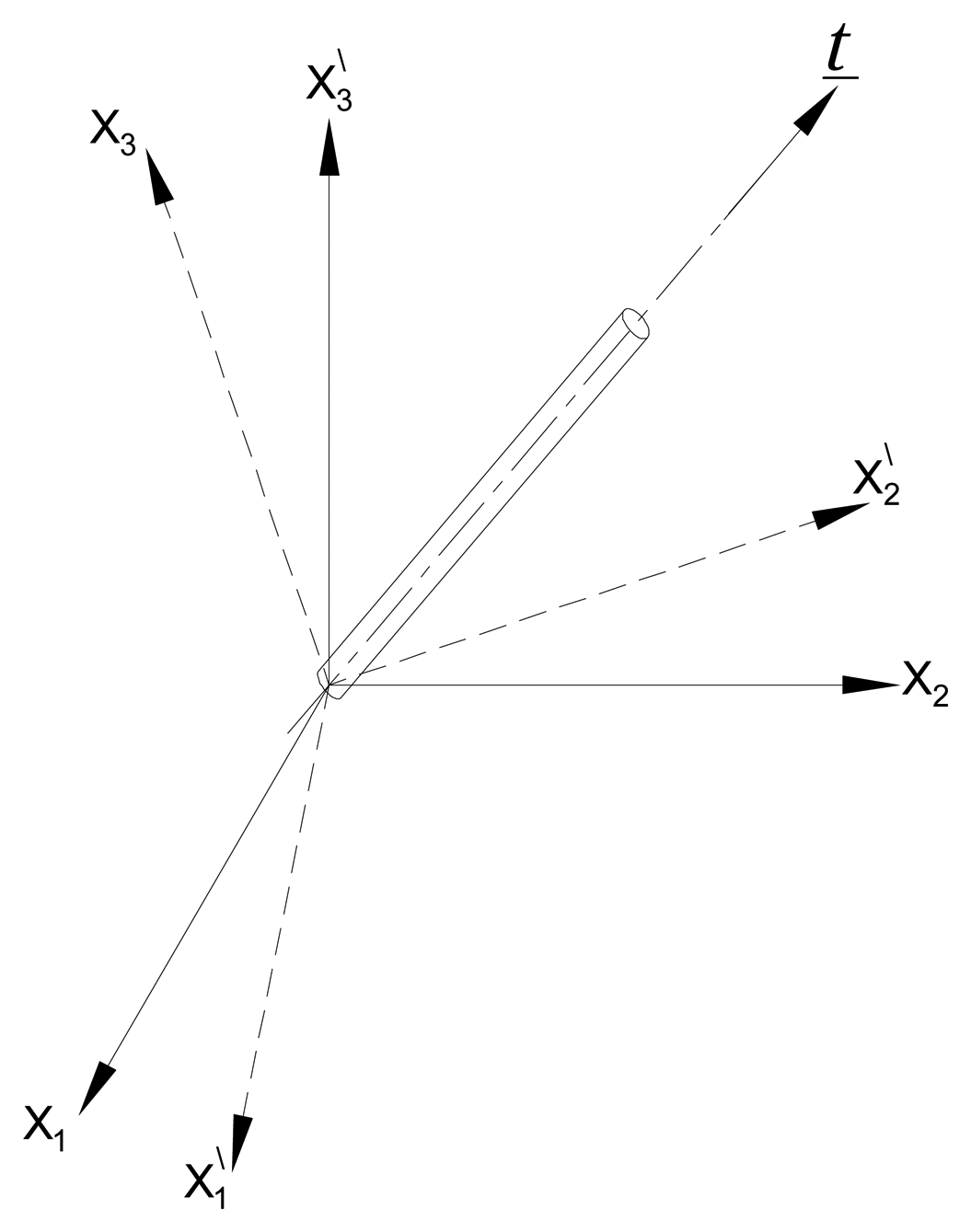
References
- Nagy, M.; Apanius, C.; Siekkinen, J. A user friendly, high-sensitivity strain gauge. Sensors 2001, 18, 20–27. [Google Scholar]
- Hrovat, M.; Belavic, D.; Samardzija, Z.; Holc, J. An investigation of thick-film resistor, fired at different temperatures, for strain sensors. International Spring Seminar on Electronics Technology 2001, 32–36. [Google Scholar]
- Mohammed, A.; Moussa, W.; Lou, E. Mechanical Strain Measurements Using Semiconductor Piezoresistive Material. The 4th IEEE International Conference on MEMS, Nano and Smart Systems, and The 6th IEEE International Workshop on System-on-Chip for Real-Time Applications; 2006; pp. 5–6. [Google Scholar]
- Frazão, O.; Marques, L.; Marques, J.; Baptista, J.; Santos, J. Simple sensing head geometry using fibre Bragg gratings for strain–temperature discrimination. Optics Communications 2007, 279, 68–71. [Google Scholar]
- Li, X.; Zhao, C.; Lin, J.; Yuan, S. The internal strain of three-dimensional braided composites with co-braided FBG sensors. Optics and Lasers in Engineering 2007, 45, 819–826. [Google Scholar]
- Tsuda, H.; Lee, J. Strain and damage monitoring of CFRP in impact loading using a fiber Bragg grating sensor system. Composites Science and Technology 2007, 67, 1353–1361. [Google Scholar]
- Lin, J.; Walsh, K.; Jackson, D.; Aebersold, J.; Crain, M.; Naber, J.; Hnat, W. Development of capacitive pure bending strain sensor for wireless spinal fusion monitoring. Sensors and Actuators A: Physical 2007, 138, 276–287. [Google Scholar]
- Ko, W.; Young, D.; Guo, J.; Suster, M.; Kuo, H.; Chaimanonart, N. A high-performance MEMS capacitive strain sensing system. Sensors and Actuators A: Physical 2007, 133, 272–277. [Google Scholar]
- Hu, N.; Fukunaga, H.; Matsumoto, S.; Yan, B.; Peng, X. An efficient approach for identifying impact force using embedded piezoelectric sensors. International Journal of Impact Engineering 2007, 34, 1258–1271. [Google Scholar]
- Mohammed, A.; Moussa, W. Design and Simulation of Electrostatically Driven Microresonator Using Piezoresistive Elements for Strain Measurements. IEEE Transactions 2005, 103–105. [Google Scholar]
- Cao, L.; Kim, T.; Mantell, S.; Polla, D. Simulation and fabrication of piezoresistive membrane type MEMS strain sensors. Sensors and Actuators A: Physical 2000, 80, 273–279. [Google Scholar]
- Han, B.; Ou, J. Embedded piezoresistive cement-based stress/strain sensor. Sensors and Actuators A: Physical 2007, 138, 294–298. [Google Scholar]
- Suster, M.; Guo, J.; Chaimanonart, N.; Ko, W.; Young, D. A Wireless Strain Sensing Microsystem with External RF Power Source and Two-Channel Data Telemetry Capability. Solid-State Circuits Conference 2007, 380–609. [Google Scholar]
- Wojciechowski, K.; Boser, B.; Pisano, A. A MEMS resonant strain sensor operated in air. The 17th Annual International Conference on Micro Electro Mechanical Systems (IEEE-MEMS); 2004; pp. 841–845. [Google Scholar]
- Mohammed, A.; Moussa, W.; Lou, E. A Novel MEMS Strain Sensor for Structural Health Monitoring Applications under Harsh Environmental Conditions. In The 6th International Workshop on Structural Health Monitoring; 2007; Stanford, CA, USA. [Google Scholar]
- Fraden, J. Handbook of modern sensor: physics, designs, and applications, 2nd ed.; AIP Press-Springer: New York, 1996. [Google Scholar]
- Kanda, Y. A graphical representation of the piezoresistance coefficients in silicon. IEEE Trans. Electron Dev. 1982, 29, 64–70. [Google Scholar]
- Mason, W.; Forst, J.; Tornillo, L. Recent developments in semiconductor strain transducers. 15th Annual Conference of The Instrument Society of America 1962, 110–120. [Google Scholar]
- Kerr, D.; Milnes, A. Piezoresistance of diffused layers in cubic semiconductors. Journal Applied Physics 1963, 34, 727–731. [Google Scholar]
- Tufte, O.; Stelzer, E. Piezoresistive properties of silicon diffused layers. Journal Applied Physics 1963, 34, 313–318. [Google Scholar]
- Harley, J.; Kenny, T. 1/f noise considerations for the design and process optimization of piezoresistive cantilevers. Journal Microelectromechal Systems 2000, 9, 226–235. [Google Scholar]
- Barlian, A.; Park, S.; Mukundan, V.; Pruitt, B. Design and characterization of microfabricated piezoresistive floating element-based shear stress sensors. Sensors and Actuators A: Physical 2007, 134, 77–87. [Google Scholar]
- Bordoni, F. Noise in Sensors. Sensors and Actuators 1990, A21-A23, 17–24. [Google Scholar]
- Johnson, J. Thermal agitation of electricity in conductors. Physical Review 1928, 32, 97–109. [Google Scholar]
- Nyquist, H. Thermal agitation of electric charge in conductors. Physical Review 1928, 32, 110–113. [Google Scholar]
- Hooge, F. 1/f noise is no surface effect. Phys. Lett. A 1969, 29, 139–140. [Google Scholar]
- Vandamme, L.; Oosterhoff, S. Annealing of ion-implanted resistors reduces the 1/f noise. J. Appl. Phys. 1986, 59, 1–74. [Google Scholar]
- Smith, S. Piezoresistance effect in germanium and silicon. Physical Review 1954, 94, 42–49. [Google Scholar]
- Boresi, A. Advanced mechanics of materials, 6th ed.; John Wiley and Sons: New York, 2003. [Google Scholar]
- Bridgman, P. The Effect of Tension on the Electrical Resistance of Certain Abnormal Metals. Proceedings of the American Academy of Arts and Science 1922, 57, 41–66. [Google Scholar]
- Bridgman, P. The Effect of the Transverse and Longitudinal Resistance of Metals. Proceedings of the American Academy of Arts and Science 1925, 60, 423–449. [Google Scholar]
- Bridgman, P. The Effect of Homogeneous Mechanical Stress on the Electrical Resistance of Crystals. Physical Review 1932, 42, 858–863. [Google Scholar]
- Taylor, J. Pressure Dependence of Resistance of Germanium. Physical Review 1950, 90, 919–920. [Google Scholar]
- Bridgman, P. The Effect of the Electrical Resistance of Certain Semiconductors. Proceedings of the American Academy of Arts and Science 1951, 79, 125–179. [Google Scholar]
- Paul, W.; Pearson, G. Pressure Dependence of the Resistivity of Silicon. Physical Review 1955, 98, 1755–1757. [Google Scholar]
- Mason, W.; Thurston, R. Use of Piezoresistive Materials in the Measurement of Displacement, Force, and Torque. Journal Acoustical Society of America 1975, 29, 1096–1101. [Google Scholar]
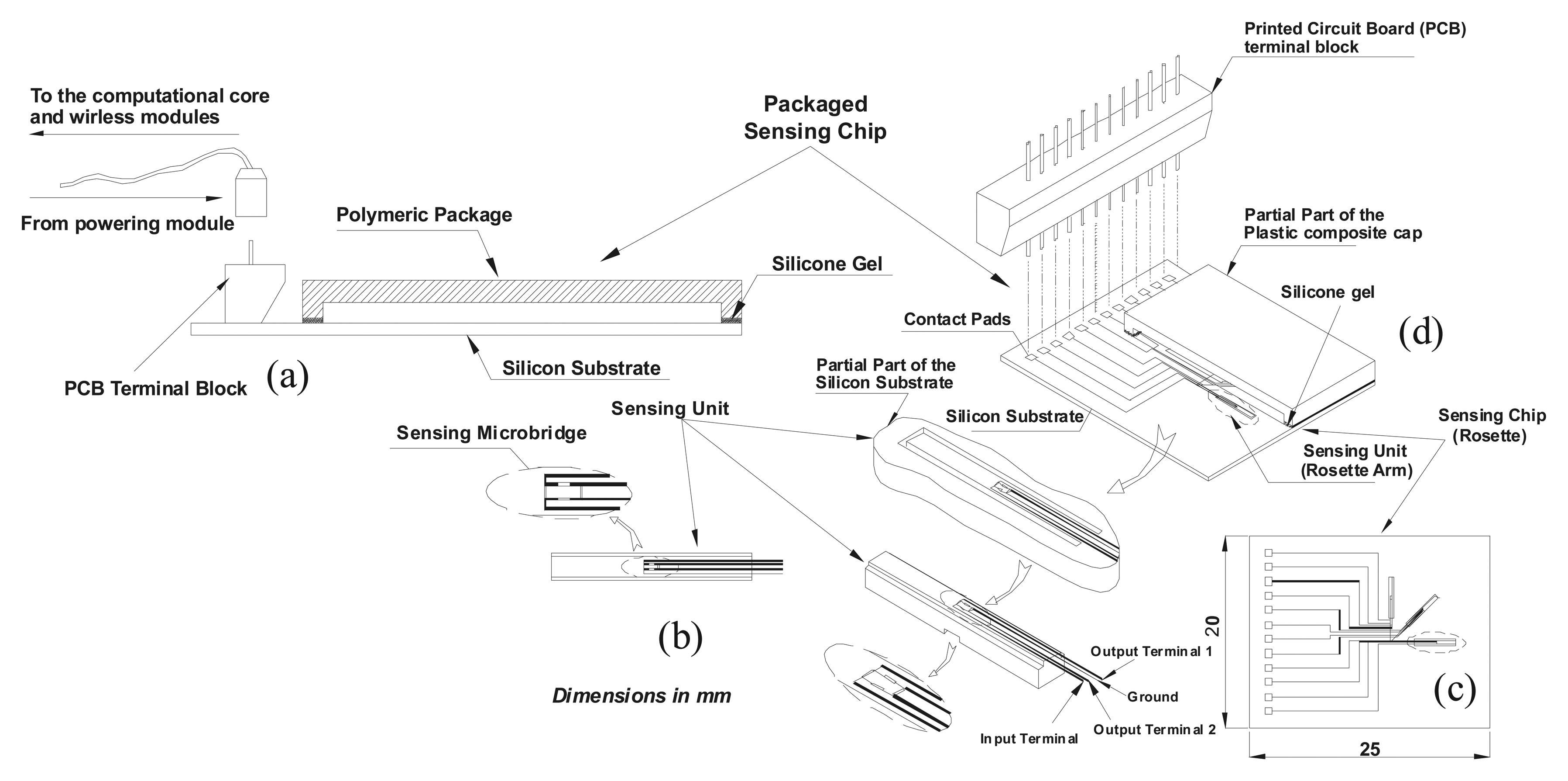
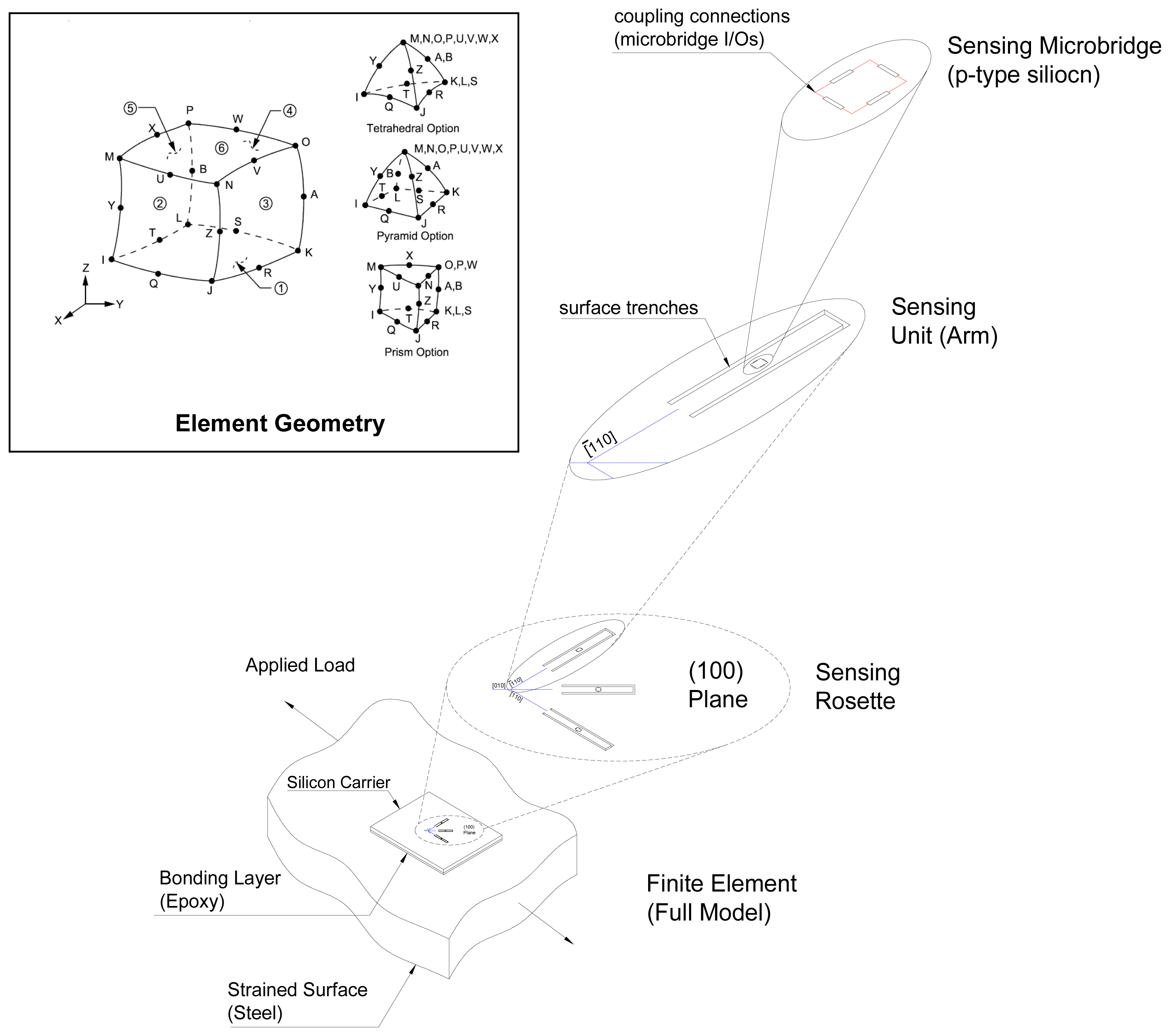
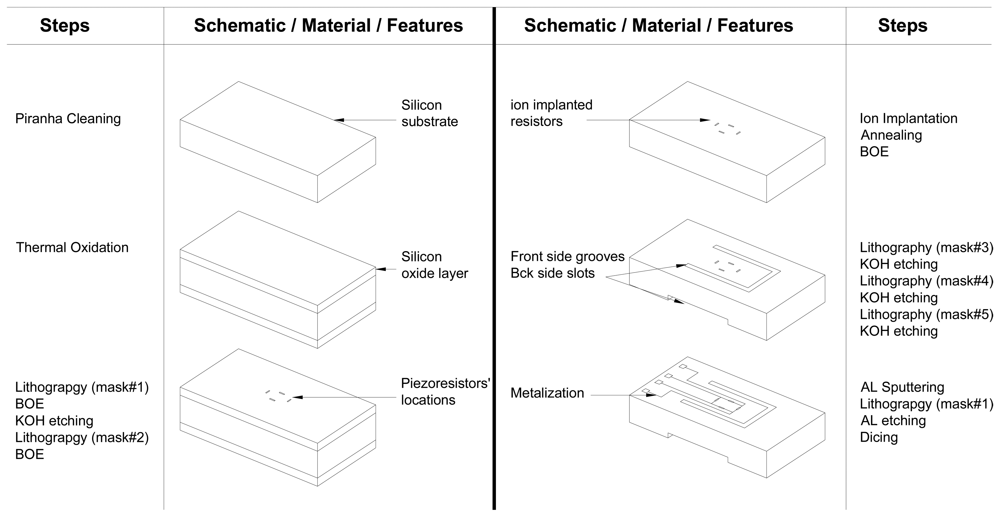
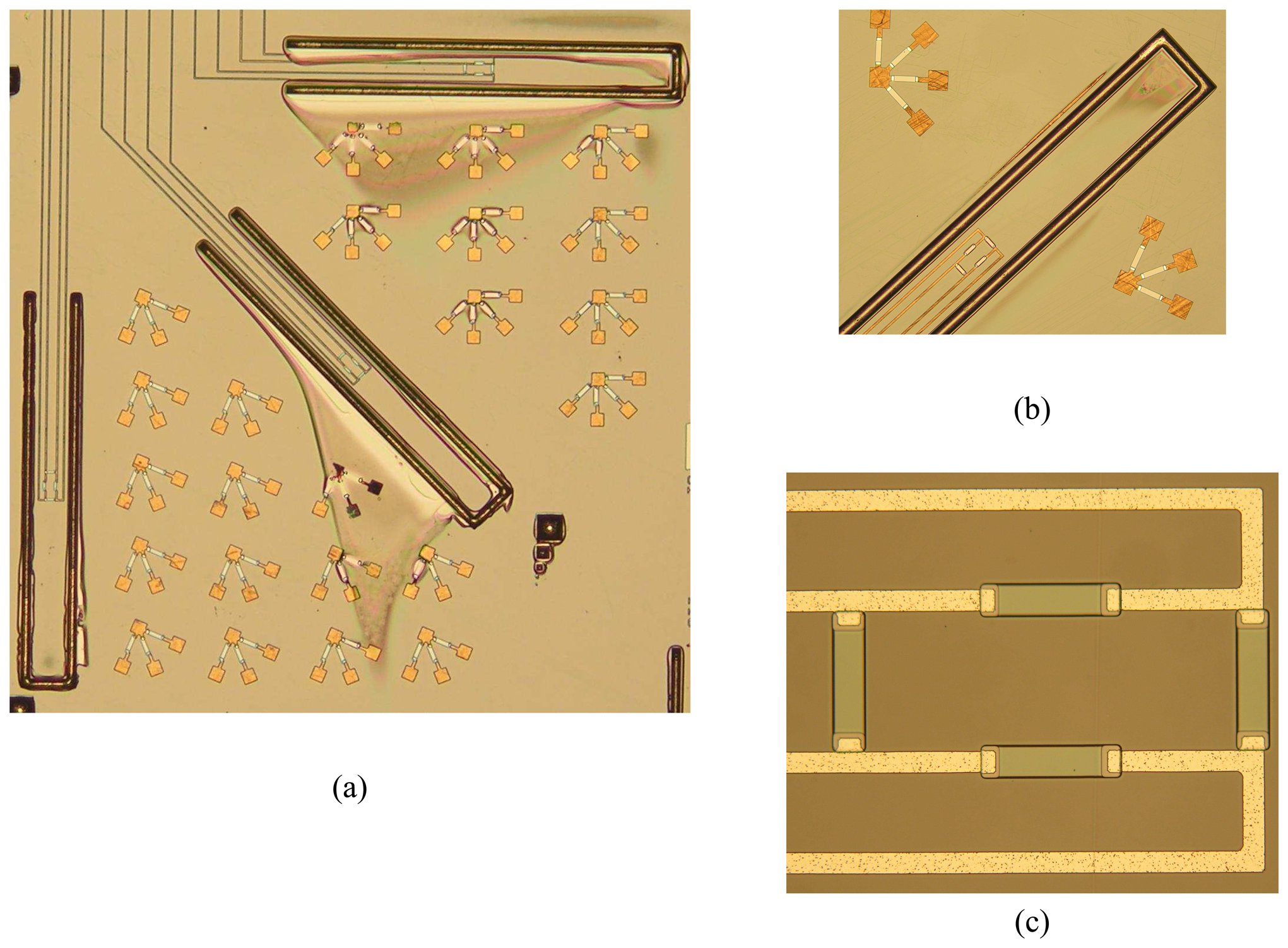
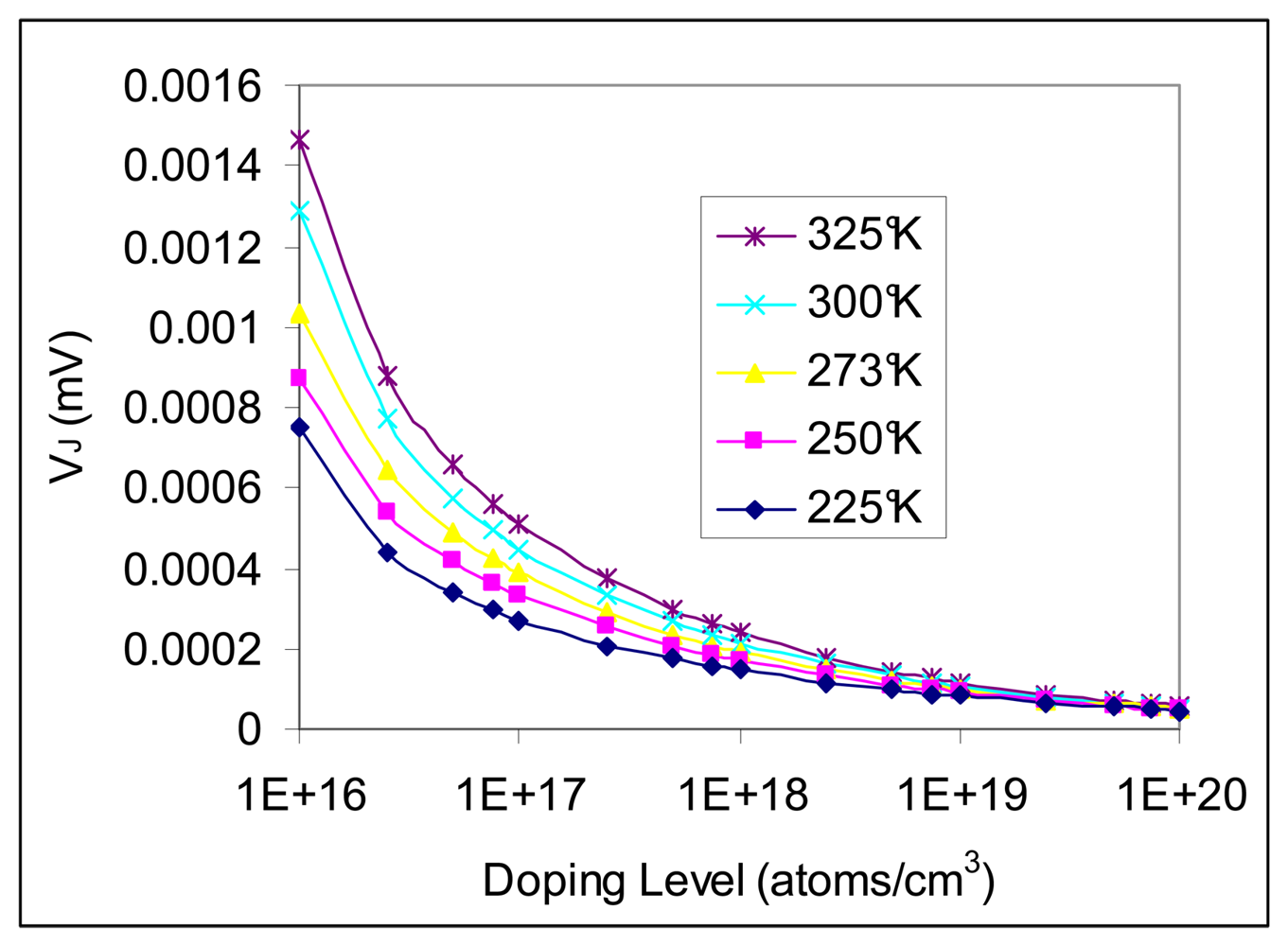

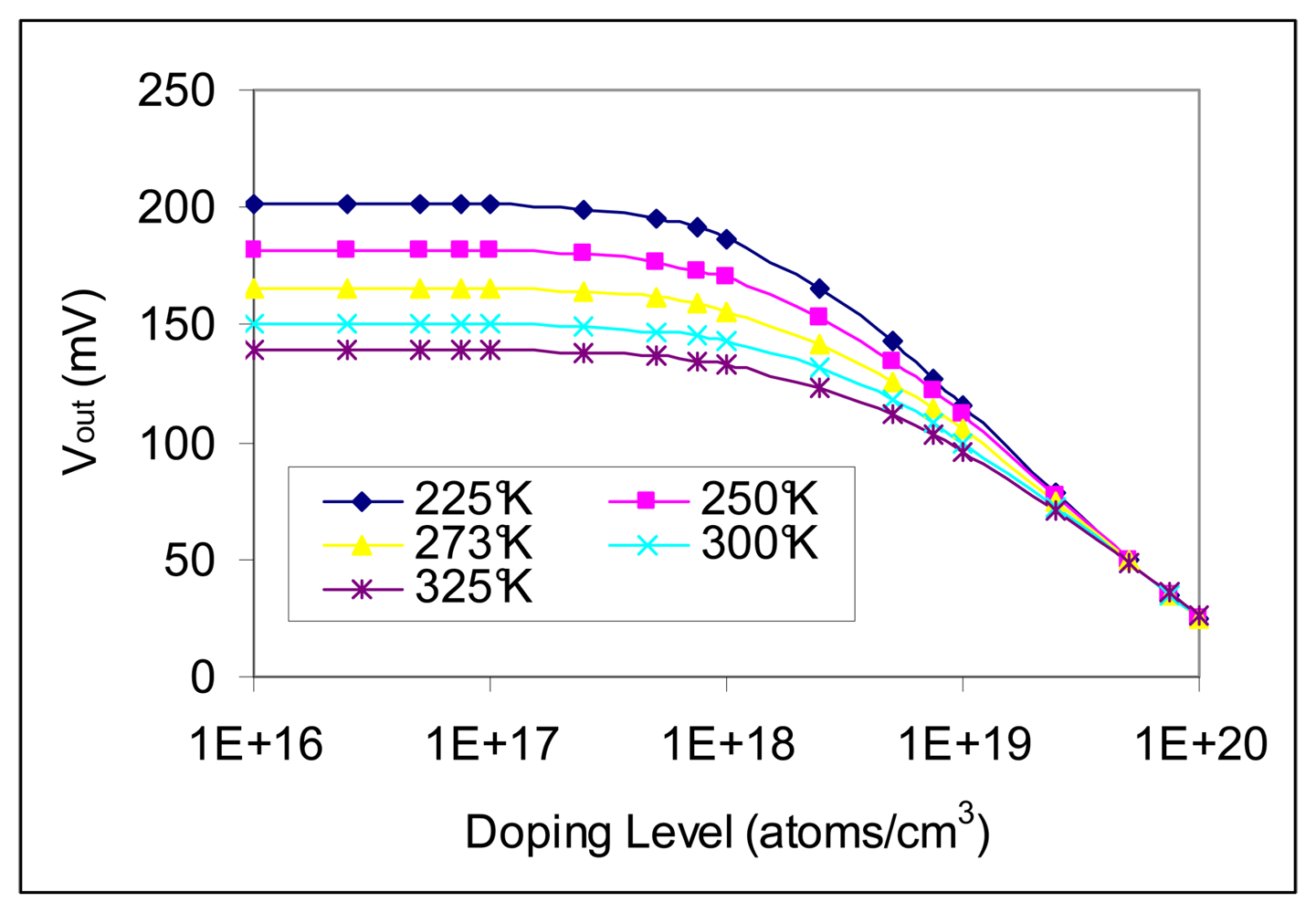
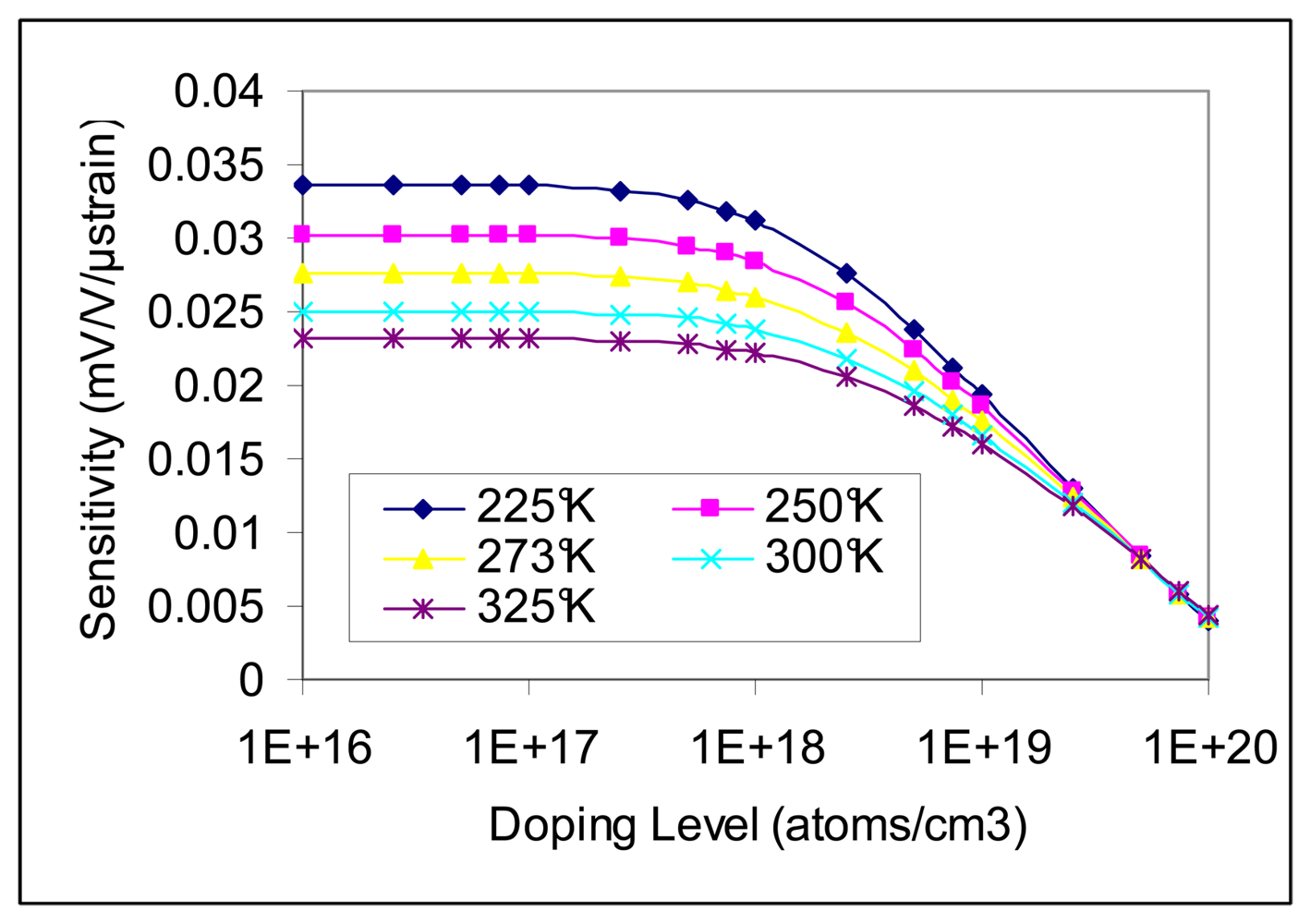
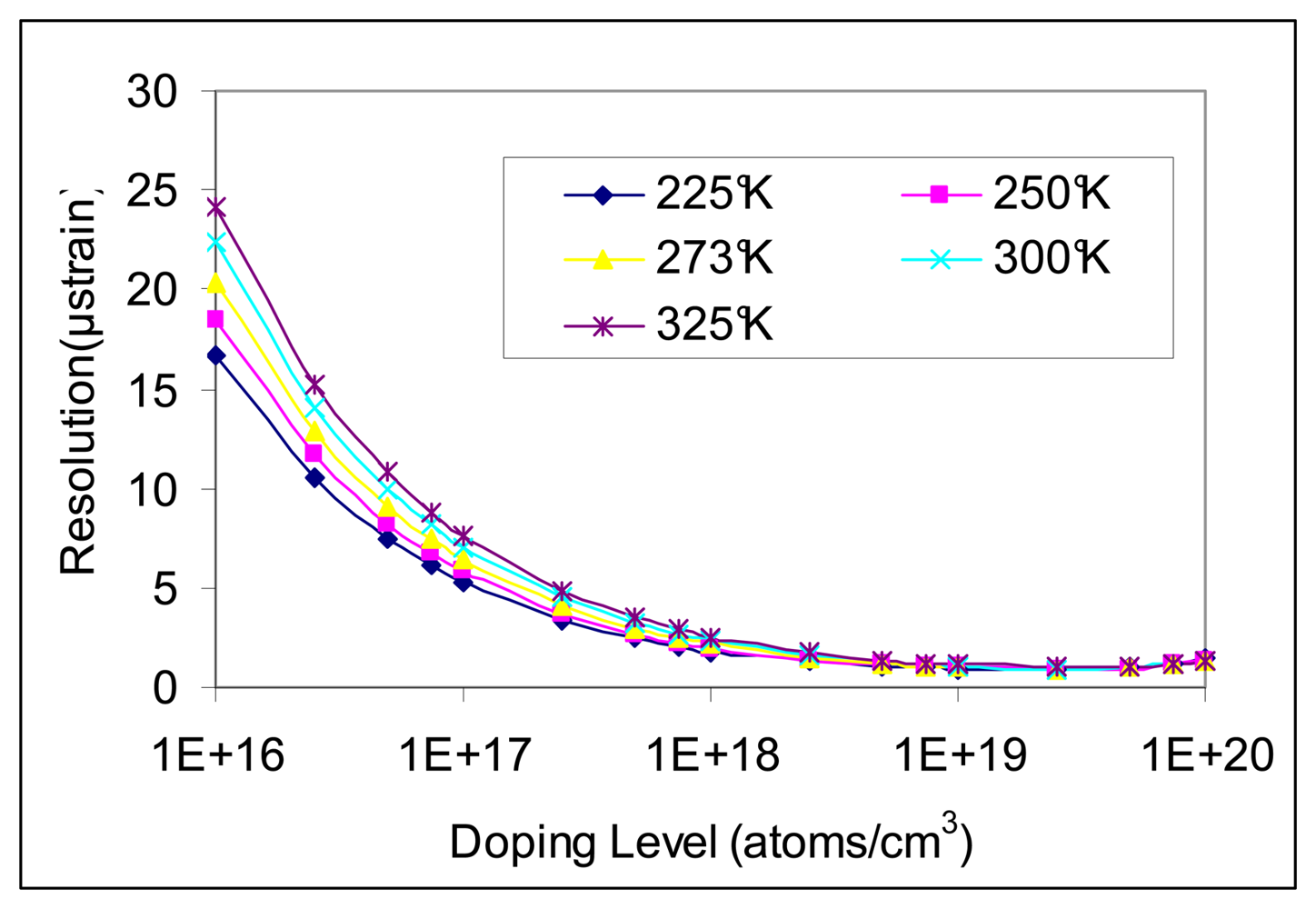

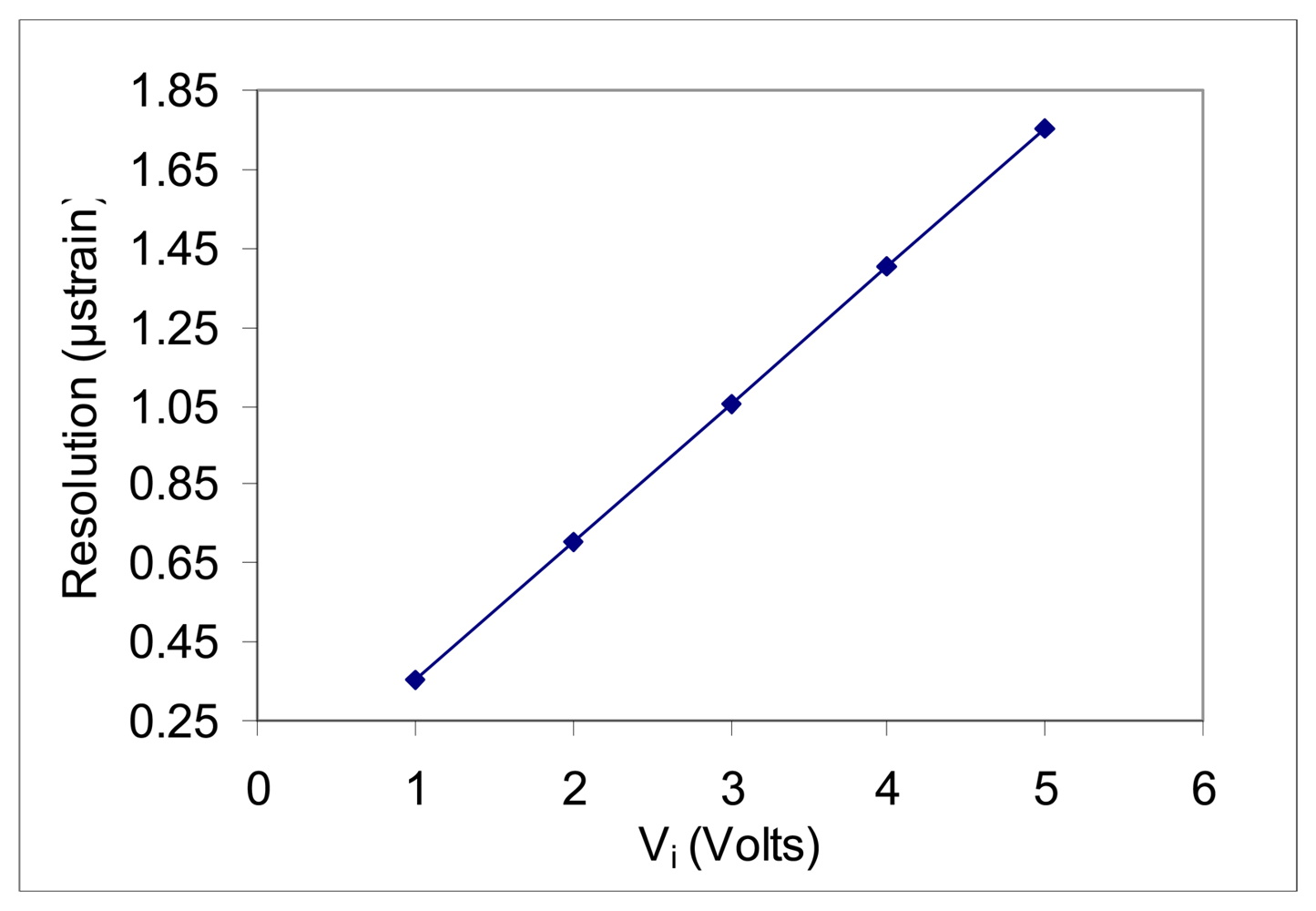

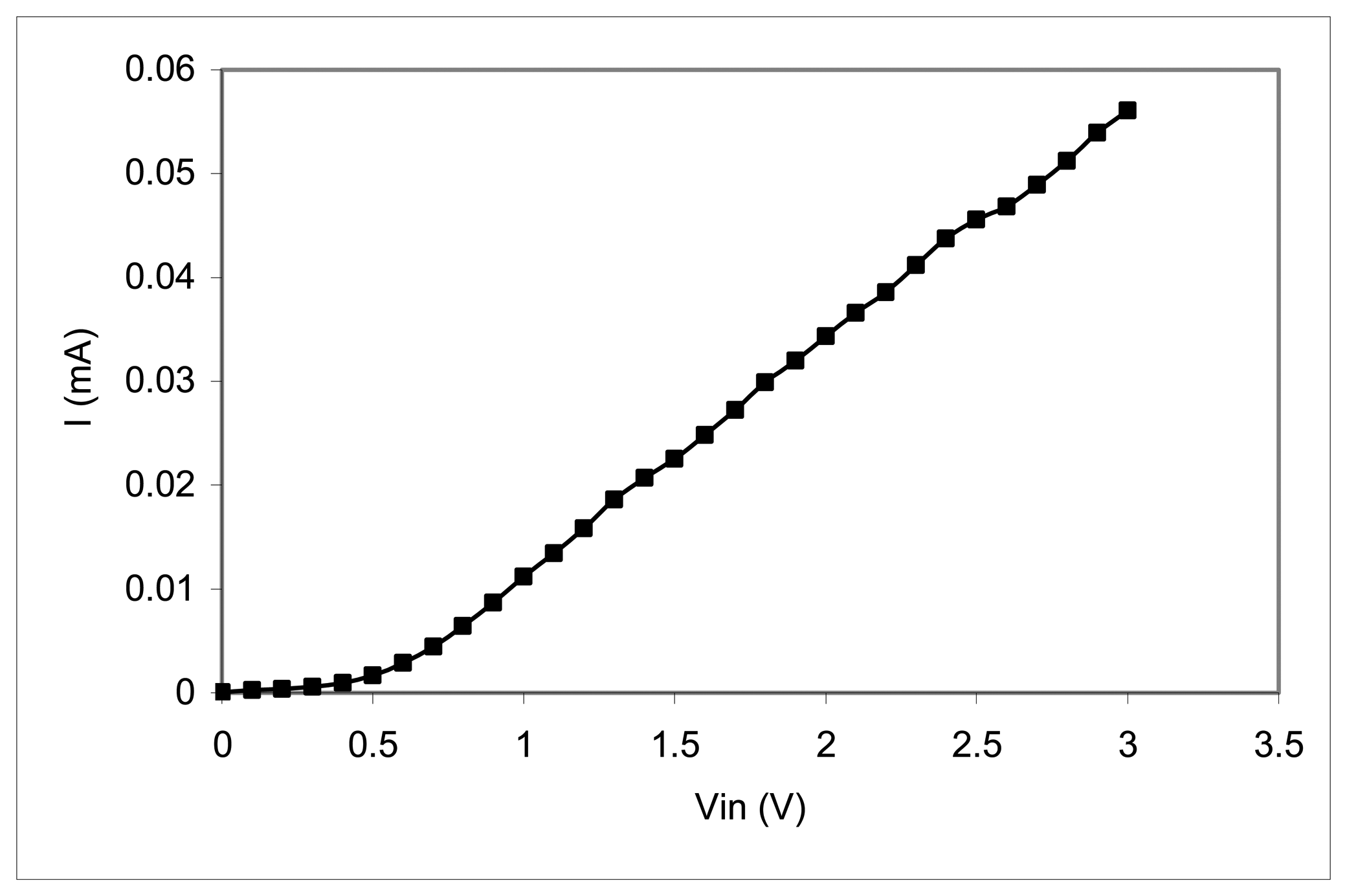
© 2008 by MDPI (http://www.mdpi.org). Reproduction is permitted for noncommercial purposes.
Share and Cite
Mohammed, A.A.S.; Moussa, W.A.; Lou, E. High Sensitivity MEMS Strain Sensor: Design and Simulation. Sensors 2008, 8, 2642-2661. https://doi.org/10.3390/s8042642
Mohammed AAS, Moussa WA, Lou E. High Sensitivity MEMS Strain Sensor: Design and Simulation. Sensors. 2008; 8(4):2642-2661. https://doi.org/10.3390/s8042642
Chicago/Turabian StyleMohammed, Ahmed A. S., Walied A. Moussa, and Edmond Lou. 2008. "High Sensitivity MEMS Strain Sensor: Design and Simulation" Sensors 8, no. 4: 2642-2661. https://doi.org/10.3390/s8042642




